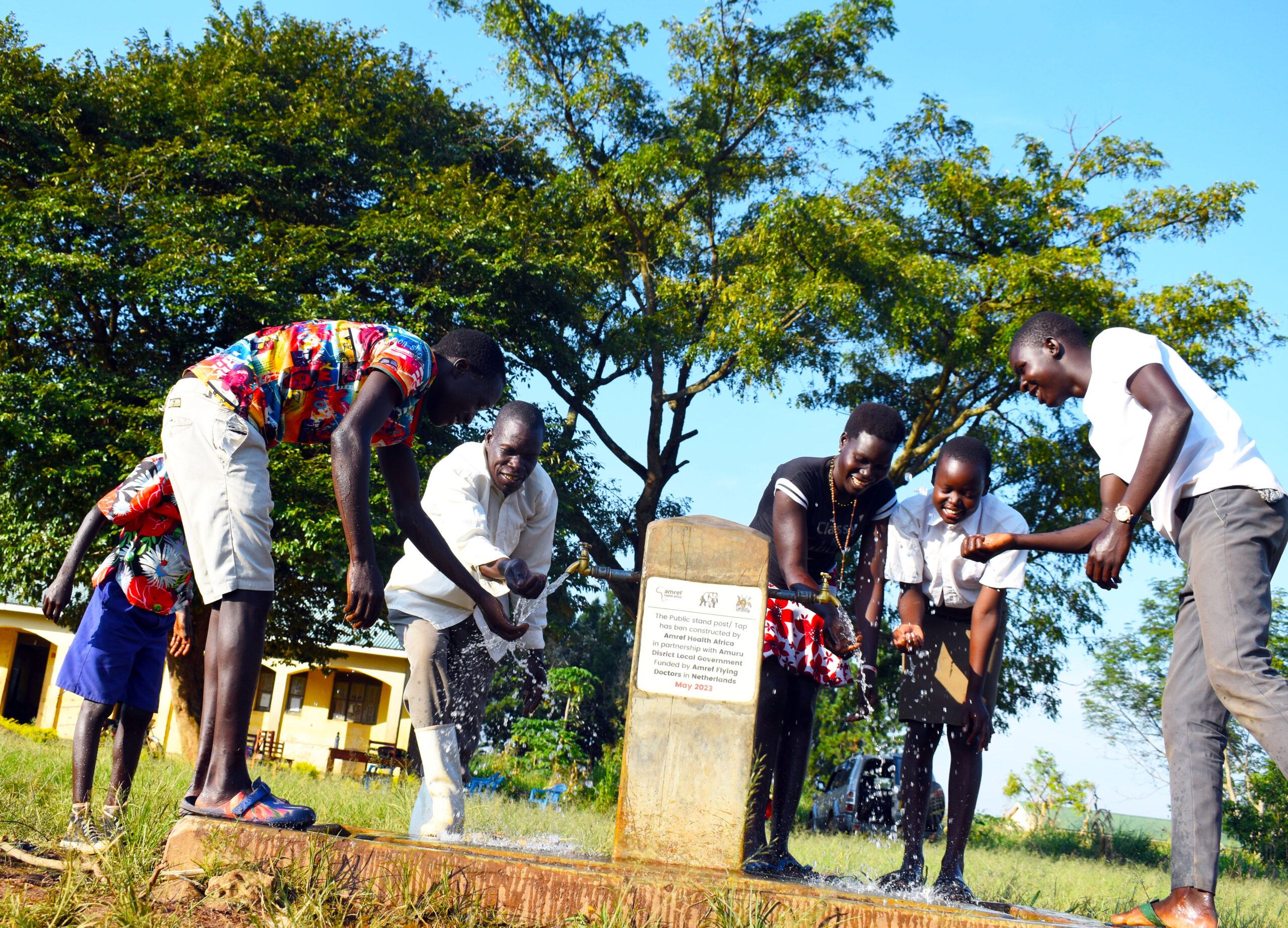Combating Malaria Among Refugees: Insights from Ofua 6 Health Center II.
Thursday, 25 April, 2024

On this World Malaria Day, it’s crucial to reflect on the ongoing challenges in the fight against this deadly disease. Despite efforts, progress in reducing malaria has stalled in recent years, posing a significant threat to global health and perpetuating a cycle of inequality. Vulnerable populations, including pregnant women, infants, children under 5 years of age, refugees, migrants, internally displaced people, and Indigenous Peoples, continue to bear the brunt of its impact.The African Region, in particular, faces the highest burden, with 94% of malaria cases and 95% of deaths occurring here. Rural populations in Africa, often living in poverty with limited access to education, are disproportionately affected.
In this interview, we delve into the current malaria prevalence rate among the refugee population at the Ofua 6 HC II, along with primary prevention measures, challenges in diagnosis and treatment, and evaluate the impact of malaria control interventions. Insights from Fred Apangu, Medical Clinical Officer/In-charge of Ofua 6 HC II, and Emmanuel Ebitu, Project Manager at Amref Health Africa in Uganda, Arua, shed light on the efforts being made to combat malaria within the refugee community.


What is the current malaria prevalence rate among the refugee population at the Ofua 6 Health Center II?
Ofua 6 HC II has a catchment population of about 6500 refugees and 3000 host communities. On average the facility, provides consultations to about 1,020 clients on a monthly basis. The prevalence of malaria averages 32.8% among the refugees who come to the facility for medical care.
How does the malaria burden in the refugee population compare to the local Ugandan population in Arua district?
Malaria prevalence among the refugee population in Ofua 6 is approximately 32.8% while it is about 17.6% among the host communities. The burden of malaria is relatively higher among the refugee populations than the host communities.
What are the most common malaria symptoms and complications observed among the refugee patients at the health centre?
Most of the clients who come to the health facility and test positive for malaria often present with symptoms such as headache, fever, joint pains, low appetite, general body weakness and lethargy among children under 5

What are the primary malaria prevention measures being implemented at Ofua 6 HC II to protect the refugee population?
Our primary prevention methods include: daily health education in both OPD and Maternal child health care, provision of IPT to mothers at Antenatal visit, distribution of insecticide treated Mosquito nets to mothers, community dialogues on malaria prevention, treatment and complications and integrated Community Case Management of malaria through VHTS.
What are the main challenges faced in diagnosing and treating malaria cases among the refugees, and how are these challenges being addressed?
As a facility we do not have any major challenges in diagnosing of malaria given that we have technical staff on the ground. The project provides regular supplies and testing kits and medicines. However, we occasionally experience some hardships with the refugee populations regarding following treatment instructions due to cultural beliefs and practices. We address this through translators and health education provided by VHTs to ensure the clients adhere to treatment instructions.
What strategies are in place to ensure prompt and effective malaria case management, including access to antimalarial drugs and other essential commodities?
We ensure prompt and effective treatment of malaria through Integrated Community Case Management by VHTs and provision of IPT to mothers during Antenatal care services. In addition, we conduct community sensitisations on early signs of malaria and encourage early health seeking behaviour. Our project provides regular supplies of antimalarial drugs, that are often supplemented by the District Health Office in the event of any stockout. We also provide ITNs to mothers who come for antenatal care at the facility and during integrated health outreaches in the community.

How is the health centre collaborating with the district health authorities and Amref to strengthen the overall malaria control efforts in the refugee community?
We collaborate with the district health authorities right from the time of project design and during implementation. It is important to note that the health facility is owned by the district local government and Amref Uganda as partner fills in the gaps in line with the district health plans and MOH guidelines. Amref hired technical staff for the facility, built capacity for VHTs and provides essential medicines, equipment and amenities required to run the facility. We work with the district health teams to provide integrated community health outreaches that include testing and treatment for malaria, community sensitisation and support IRS initiatives whenever organised by the MOH/District health authorities.
What educational and awareness-raising activities are conducted to promote malaria prevention and early care-seeking behaviour among the refugees?
Health education at the facility for clients attending OPD and other service points within the health facility, community sensitisation on malaria through the VHTs, community leaders and local community radios and collaboration with other partners especially those implementing WASH activities in order to improve on sanitation.
Are there any specific malaria-related data or trends observed among vulnerable groups within the refugee population, such as children under five or pregnant women?
For every 10 mothers seen at the facility at least 4 have malaria and for every 10 children below the age of five brought for consultation at the facility at least 7 have malaria.

What plans or initiatives are in place to monitor and evaluate the impact of malaria control interventions in the refugee community at Ofua 6 HC II?
Proper record keeping of all malaria related services for reference, monthly data compilation and analysis to study the trend and evaluating interventions implemented and use of available ministry of health standard tools for data collection.
Amref Health Africa teams up with African communities to create lasting health change.



Comments
No comments found.